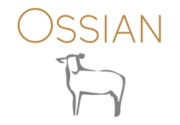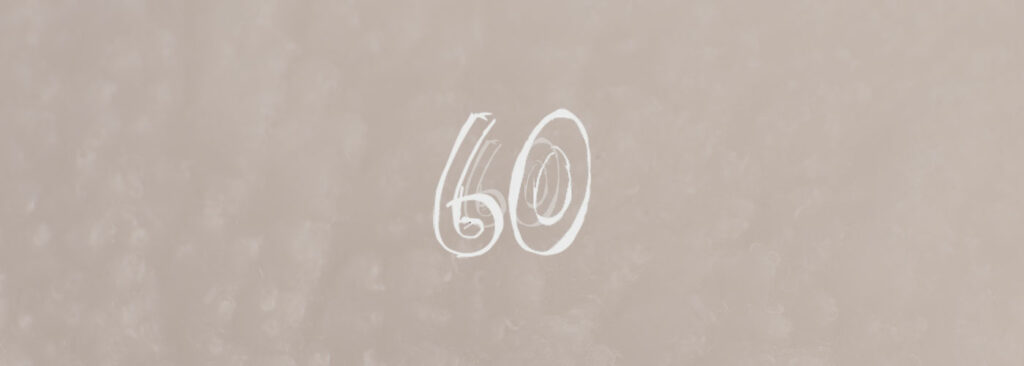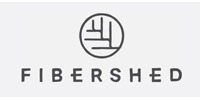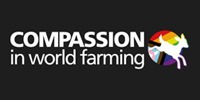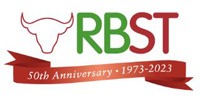In the UK there are 60 registered sheep breeds and many more cross breeds, producing a diversity of fleece types.
The aim of my research has been to determine a sustainable, natural and local fiber source and British wool fulfills all these requirements.
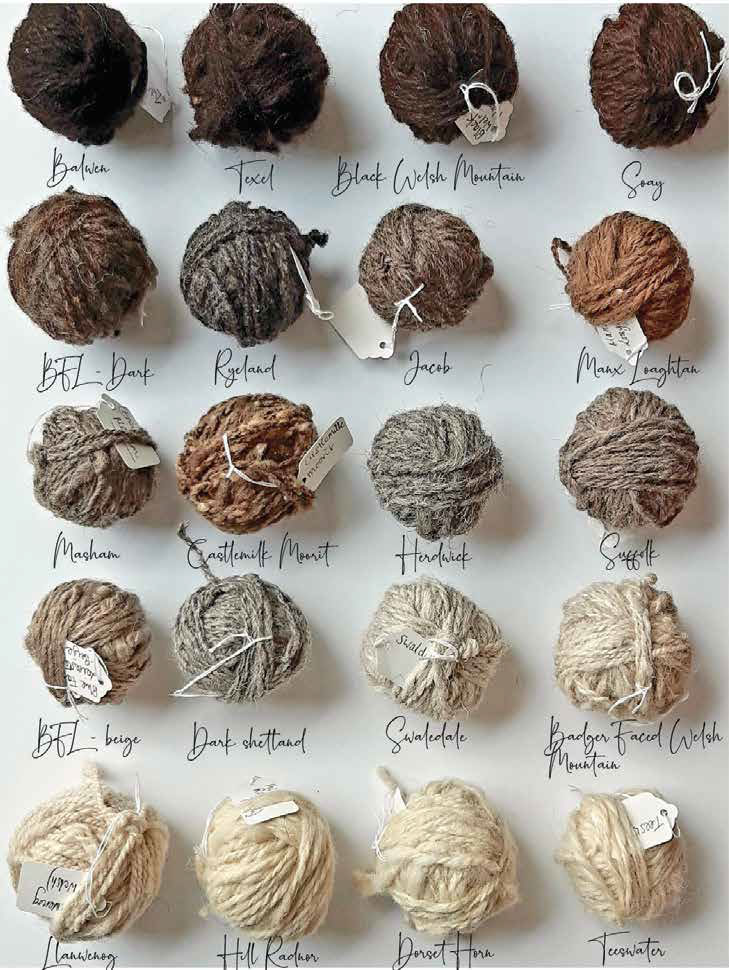
This natural resource is being under-utilised at the moment due to the lack of availability of processing plants that can deal with the variety of fleeces. It is this very diversity that makes this fibre so interesting as it can create such a huge range of yarns for use in the fashion industry. These yarns would also have a low carbon foot print and when combined with organic or regenerative farming can have a positive environmental impact.

1 of 20 Stages of the Evolution of British Wool
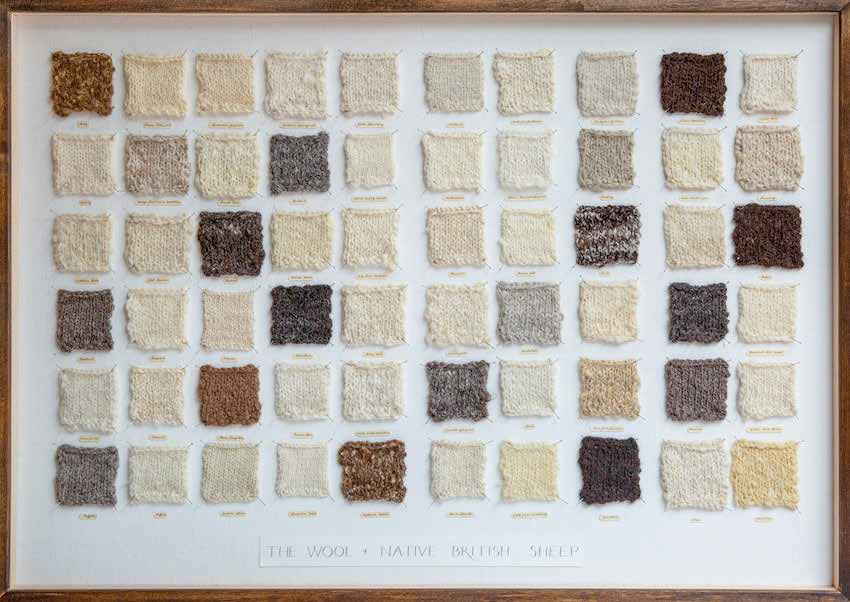
UK Heritage Breed Sheep
Tracing the lineage of the ancient sheep breeds with a reputation for the best wools.
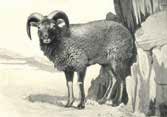
3,000 BC -Soay sheep – R The original ancient, smaller mountain breed, versatile and hardy.
Ancient breeds
Breeds from early modern times
Badger Faced Welsh Mountain
Southwest Horned *
Devon Closewool
Exmoor Horn – R
Dorset Horn – R
Wiltshire Horn – R
Herdwick
Hill Radnor – R
Welsh Mountain
Shetland
Heritage Breeds
1300 – 1800
North Ronaldsay – R
North Country Cheviot – R
Grey Faced Dartmoor – R
Whiteface Dartmoor – R
Kerry Hill
Manx Loaghtan – R
Modern Breeds
1900’s +
South Wales Mountain
Llanwenog
Balwen (Welsh Breed) – R
Lleyn (Welsh Breed)
Welsh Speckled Face
Cambridge
Zwartbles
Welsh Mule
Brecknock Hill Cheviot
- = No longer in existence, R = Rare Breed
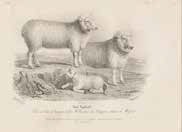
Imported during the Roman invasion 1st Century AD. White faced hornless, noted for their fine soft fleeces.
Ancient breeds
Breeds from early modern times
Hereford – shortwool *
Shropshire – shortwool
Clun – shortwool
Ryeland – shortwool
Old Southdowns – shortwool *
Suffolk – shortwool
Oxford – shortwool
Midland Longwool *
Medieval Longwool *
Lincolnshire – longwool
Romney – longwool
Cotswold – longwool – R
Heritage Breeds
1300 – 1800
Portland – R
Southdowns
Teeswater – R
Wensleydale – R
Dishley Leicester *
Leicester Longwool – R
Blue Faced Leicester
Border Leicester – R
Devon Longwool
Devon & Cornwall Longwool – R
Modern Breeds
1900’s +
Masham
Scotch Half Breed
Scotch Mule
Scotch Grey Face
Charollais
British Milk Sheep
Clun Forest
- = No longer in existence, R = Rare Breed
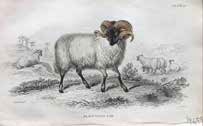
865 – Danes invaded bringing Black faced horned. Hardy breed that could tolerate extreme conditions.
Ancient breeds
Breeds from early modern times
Norfolk Horn – R
Northern Black-faced
Scots Black-faced
Berkshire *
Hampshire *
Dorset Down
Hebridean
Heritage Breeds
1300 – 1800
Rough Fell
Swaledale / Dalesbred
Lonk
White Faced Woodland
Derbyshire Gritstone
Hampshire Down
Boreray – R
Jacob
Modern Breeds
1900’s +
Beulah Speckled Face (Welsh Breed)
IMPORTED BREEDS
Beltex (Belgium Breed)
Berrichon Du Cher
Bleu De Maine
British Rouge (French Breed)
Friesland (Holland)
Lle De France (French Breed + BL)
Texel (Holland)
Vendeen (French Vendee + SD)
- = No longer in existence, R = Rare Breed
